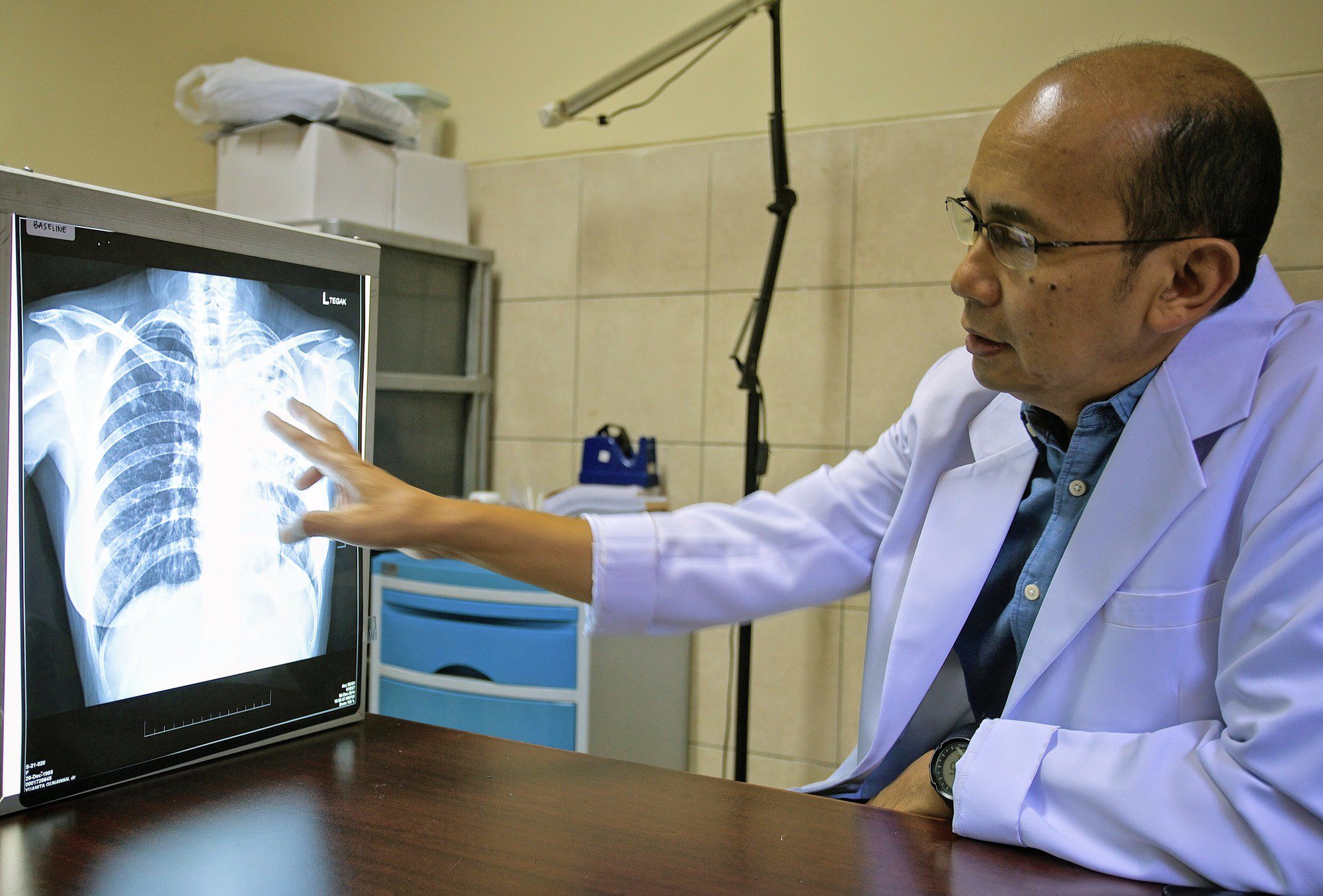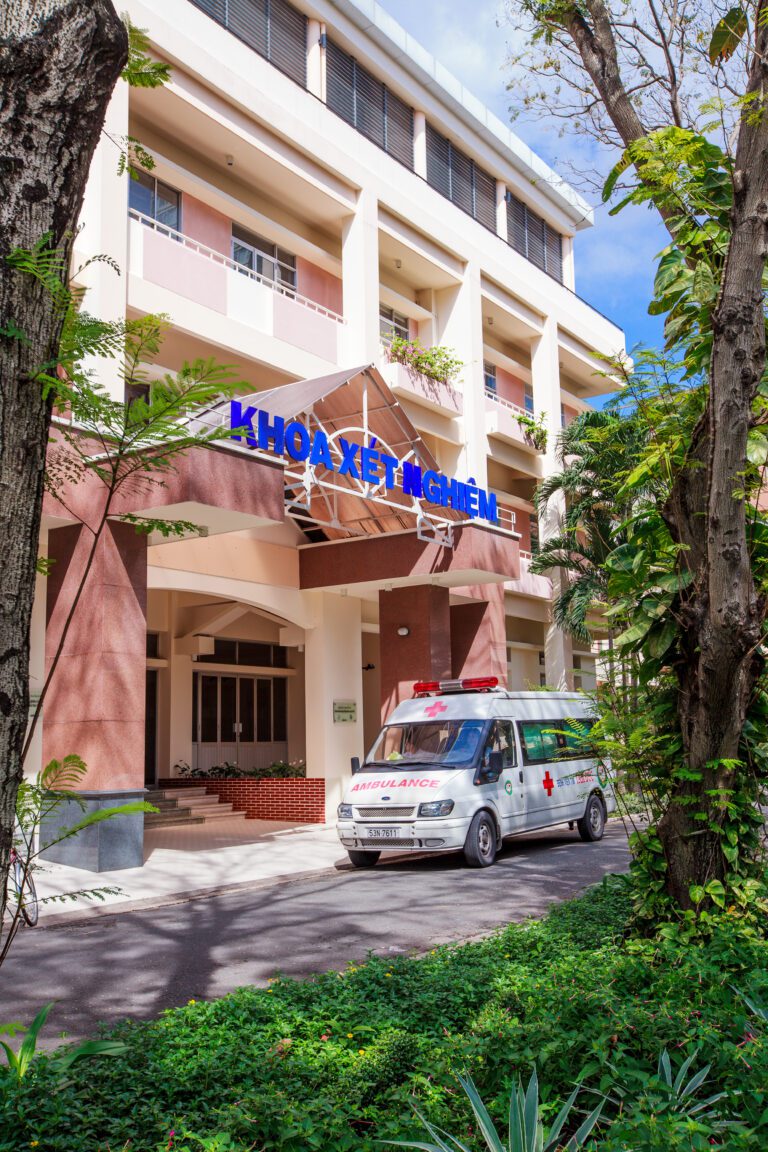TBM, caused by Mycobacterium tuberculosis (Mtb) invading the meningeal structure, is the deadliest form of TB. It affects the layers of tissue covering the brain and spinal cord, leading to almost certain death if left untreated.
Early and accurate diagnosis of TBM is crucial but has historically been complicated due to the lack of a definitive, rapid gold standard test. Traditionally, the diagnosis of TBM heavily relied on clinicians’ judgement. This study introduces a new model that could change this landscape significantly, allowing clinicians to detect TBM cases as early as admission time.
Diagnosing TBM
The research, conducted by Dr Dong Huu Khanh Trinh, Associate Professor Ronald Geskus and colleagues, analysed data from 659 individuals aged 16 years and above with suspected brain infections admitted to the Hospital for Tropical Diseases in Ho Chi Minh City, Viet Nam. Using a latent class model, the team developed a tool that uses early clinical, biochemical and haematological features to estimate the likelihood of TBM in patients before Mtb confirmatory test results are available.
The model’s prediction was blind validated with definitive diagnosis, later independently made by experts at the Hospital for Tropical Diseases (at the point of the patients’ death or discharge), demonstrating excellent accuracy (with Area Under the Curve = 94%). It shows particular promise for use in resource-limited settings such as Viet Nam, where access to advanced diagnostic tests is often challenging.
Bayesian latent class analysis is a statistical tool that delivers insights into problems where definitive measurement is ambiguous—like diagnosing TBM. A sophisticated method of deduction, it uses a combination of indirect clues—symptoms and test results—to infer the presence of a condition.
This approach allows doctors to make more informed decisions about diagnosis and treatment, even when a direct or clear-cut test result isn’t available. It’s a way of connecting the dots to form a clearer picture of a patient’s health, using both the data at hand and the wisdom of past experiences.
Implications for Clinical Practice
The study’s findings indicate that factors such as HIV infection, miliary TB, prolonged symptom duration, and elevated cerebrospinal fluid lymphocyte count are indicative of a higher likelihood of TBM. Furthermore, the research revealed that TBM patients with HIV infection, lower cerebrospinal fluid (CSF) lymphocyte count and increased CSF protein levels are associated with higher mycobacterial burden.
The simplified diagnostic model, which includes a scoring table for early screening using only clinical information and chest X-ray results, could be particularly useful in settings where comprehensive CSF analysis is not feasible.
Both models are also accessible as a progressive web app, bringing this innovative tool directly to clinicians, regardless of where they practice. Easy to use and compatible with various devices, the progressive web app ensures that healthcare professionals can leverage this assistive tool for TBM diagnosis, helping to expedite decision-making and potentially improve patient outcomes.
First author Dr Dong Huu Khanh Trinh emphasises the model’s potential impact: “Our diagnostic tool holds the promise of being a crucial decision assistant for clinicians across different settings. It can help in rapidly identifying TBM cases, thereby facilitating timely and appropriate treatment interventions that can save lives.”
To read the full study results, visit: A novel diagnostic model for tuberculous meningitis using Bayesian latent class analysis
Funding for the study is provided by Wellcome.











